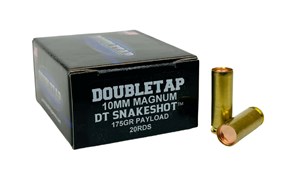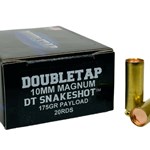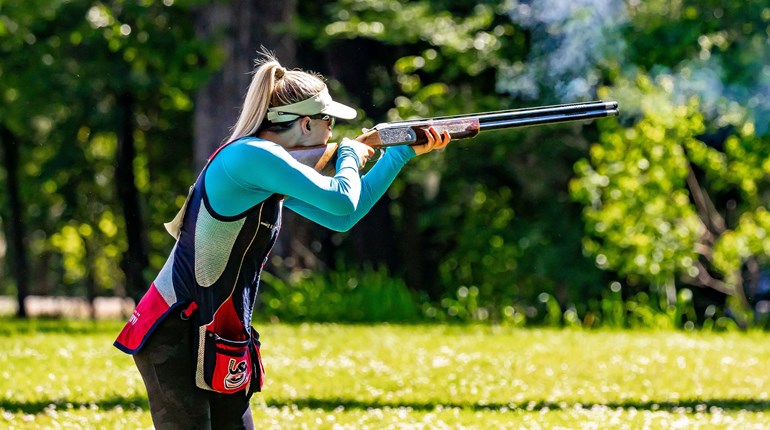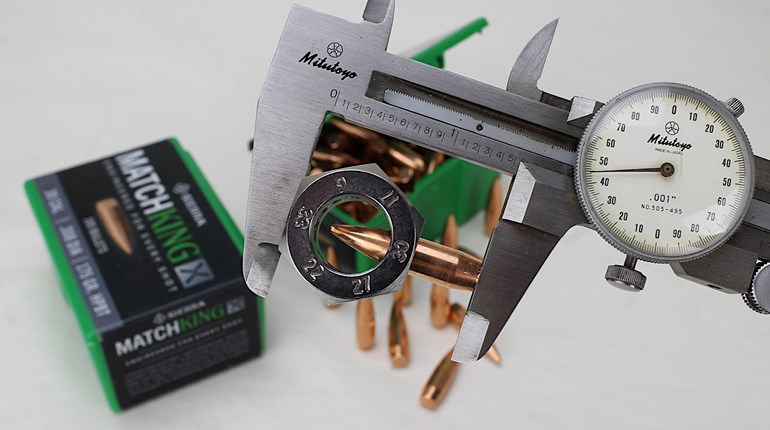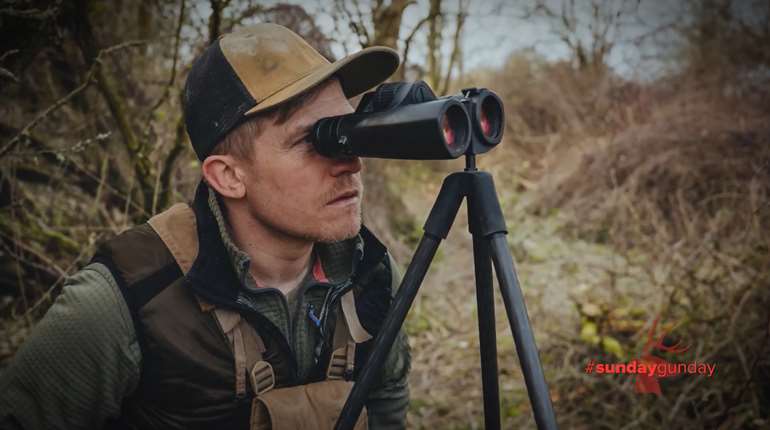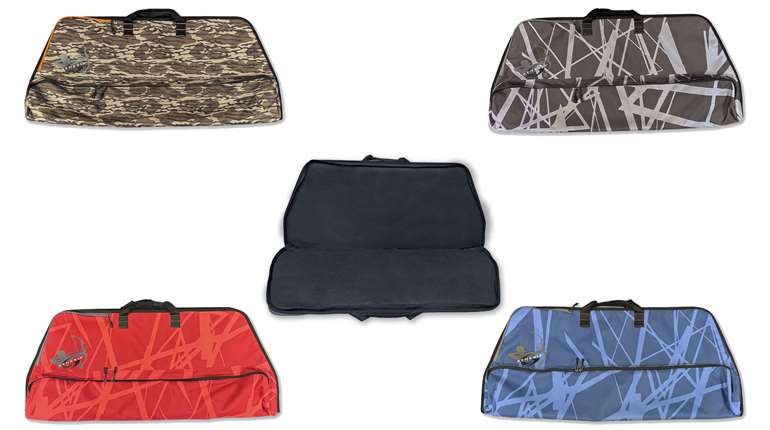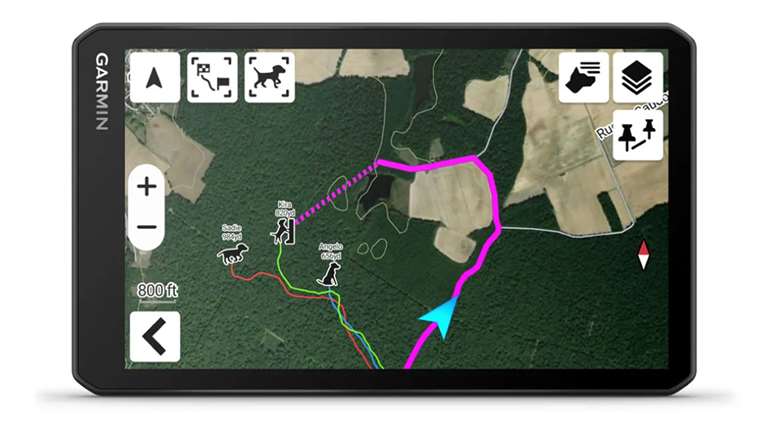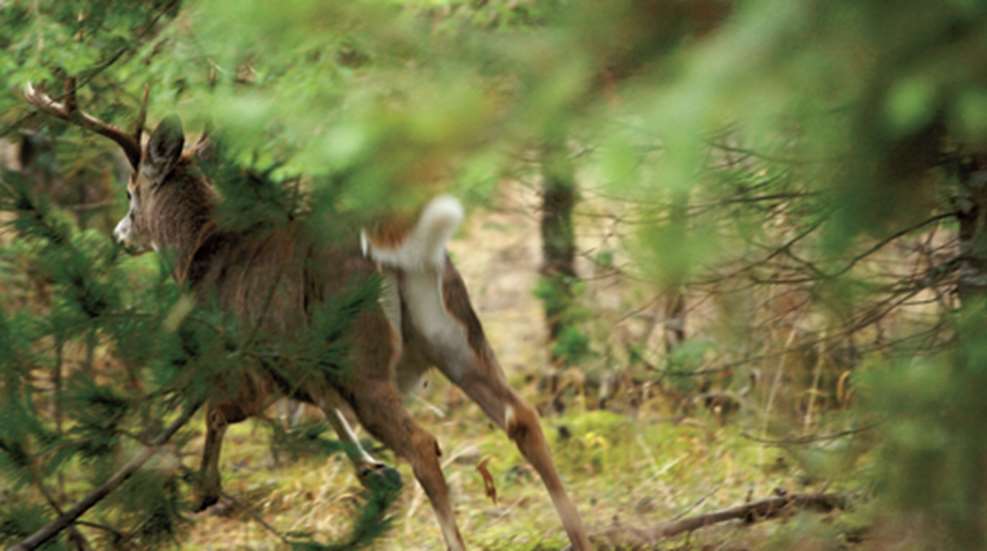
9/22/2010
Think of all the options a mature whitetail has when traveling during the rut or on opening day of the firearms season. He may not even know where he is going to be next. Now pick a spot for your stand amid that uncertainty. You might as well throw a dart at the map and hang a stand where it hits. Yet there is hope, as there is one aspect of a mature buck’s travel patterns that is somewhat predictable: How bucks typically use the terrain.
Since I hung my first stand I’ve been trying to find a scientific method to predict buck movement across saddles, creeks, ridges and so on. My training as an engineer pushed me even further toward the scientific method. It’s true that any particular buck isn’t any more predictable than a particular person. We just can’t know all the factors that will influence their schedule. But we can up our odds by determining likely behavior. In this article, I will go through several of the terrain features I now look for when scouting a new farm. I do this when laying out and managing properties for different people and when hanging stands on my farmland in Iowa. I’ll show you what the terrain types look like on topographic maps and aerial photos and delve into the specifics of hunting these places.
Saddles
Saddles may not be my go-to terrain feature because they don’t occur everywhere, but they are easy to find and easy to hunt. Saddles offer the two things bucks look for when traveling: the path of least resistance and a low profile. Mature bucks typically slink around like ghosts; they are around but not really visible. Saddles permit this behavior by reducing the amount of time the buck remains on the skyline.
Saddles accomplish the buck’s goal of staying out of sight by lowering the ridgeline. When a buck is crossing from one slope to another, a saddle makes the mission easier. Saddles funnel all manner of game. I have hunted some impressive trails through saddles up in the mountains when hunting elk, but here we will focus on whitetails.
To find saddles you need a topographic map. Saddles will appear as a gap between the contour lines that make up the ridge top. It is easier to show you what a saddle looks like on a topographic map than to try to describe it, so I have included a map image for that purpose.
The weakness of relying on topographic maps to find saddles is the scale of most maps. Most depict a terrain variation of 20 feet between adjacent contour lines. That means that for a saddle to appear on the topographic map, it has to be 20 feet deep. I have hunted many saddles over the years that were only 5 to 10 feet deep, yet they were very productive stand locations. There is only one way to find these shallow saddles and that is on foot. You have to walk the ridge tops. If the ridge dips you have a saddle—start looking for stand locations.
With a gun, saddles are killing fields. Set up along the top of the ridge, right where it drops off into the saddle. This high point gives you the best field of fire to cover anything using the saddle and, by staying high, you remain in the consistent wind that streams over the ridge versus dropping down over the top where the wind is sure to swirl.
With a bow, most saddles are less exciting, but still worth hunting. Bucks don’t generally flow right through the bottom like water, so you have to pick a side. The wind, not the sign, dictates which side you should pick. If the wind is 90 degrees to the ridge, you can hunt either end of the saddle equally well. However, if it is quartering across the ridge, you must favor the downwind side of the saddle or you will spook too many traveling deer.
Saddles are at their best during the rut when bucks are actively cruising, looking for does in estrus. Saddles can also be very good on opening day of the firearm season when other hunters keep the bucks moving. Saddles are not as productive during the early bow season or during the late muzzleloader season unless they lie directly between feeding and bedding areas.
Bedding Ridges
I don’t hunt bedding areas early or late in the season because the risk of spooking deer is too high; however, during the rut, the reward is worth the risk. Things are more chaotic and the deer don’t notice my coming and going as readily. Bucks move through these bedding areas looking for does, creating activity that is very consistent. Many of my best bucks have come from this exact pattern and I look for it as my No. 1 morning option everywhere I hunt.
I hunt bedding ridges nearly every morning during the rut because that is where I find the action. Bucks come through these areas looking for does all morning long. I once hunted a single ridge stand 14 mornings during a 16-day stretch. It never grew old and I eventually shot a great 10-pointer.
The buck parade typically starts shortly after the does arrive—roughly an hour after sunrise. The bucks will stay on their feet until late morning if the day is cool, offering several hours of possible action each day.
Like all terrain features, ridges show up best on a topographic map, but because of shadowing, ridges also show up pretty well on aerial photos. Finding a ridge is only the first step; you then need to decide where along the ridge to hunt. I favor funnels in all my whitetail hunting, and there is a common funnel on ridge tops. The areas where a ridge narrows are natural locations for a treestand. In most parts of whitetail country, a ridge narrows because a draw or ravine runs up from the valley below to end at this point along the ridgeline. As deer travel the side of a ridge, they will detour up and around that ravine. So at the place where a ravine cuts into the side of the slope, the bucks will bottleneck closer to the top of the ridge. This is also a natural place for bucks to cross a ridge, which is another good reason to select a stand right at the head of a ravine.
Determine where the deer are likely feeding and then enter the ridge stand from the opposite direction. Don’t hunt the stand unless the wind is blowing from the feeding area toward the bedding area (into your face as you approach). Once you are settled in the stand, the wind will carry your scent over the valley on your downwind side (assuming the ridge is at least 60 to 80 feet high), and the wind will ideally carry your scent over the noses of any deer traveling the valley below you.
I have hunted a few of these stands where the conditions were perfect. There was literally no way for the deer to smell me because the ground dropped away quickly on the downwind side and my scent didn’t hit the ground until it was hundreds of yards away and sufficiently diluted so that it evoked no reaction from the deer. I love setups like that.
Ditch And Creek Crossings
Now we are getting into what I think is the best natural stand location in rolling or rugged areas. Again, we are dealing primarily with bucks that are on the move during the rut. They are covering ground and looking for does. In the course of their travels, they will have to navigate through (and around) creeks and ditches. You can easily find and hunt the crossings they are likely to select. I bet ditches and creeks have played a role in at least a third of the bucks I have shot in my life.
Ditch and creek crossings are the first thing I look for when hunting a new area; in fact, where these terrain features are common, you can build your entire season around them. Creeks scream at you from topographic maps, are obvious on aerial photos and you literally stumble over them (or into them) when walking the property. Ditches are less obvious from the map study, but equally easy to find with your feet on the ground.
Creek crossings generally occur at the center of an “S” curve in the creek. The bends of the “S” are generally holes with high banks on the outside, while the straight portion between the bends is generally shallower with a lower bank. That is where the deer cross.
Some creeks don’t meander, making it much harder to find crossings without actually walking the banks of the creek to look for cross-trails.
Ditch crossings typically take three forms. Either the deer go around the ditch at the top or bottom (comprising the first two forms) or they cross the ditch itself at a place where the banks are gradual. The first two crossings are easy to find from a map study, but you have to walk the ground to find the third type.
This is why I love ditches and creeks: They offer a no-brainer entry and exit route. At least half my stands rely on creeks or ditches to permit undetected access. I get right down in them and sneak along. Even if I don’t hunt right on the edge of the ditch or creek, I use it to get in and out of the area.
Go in before the season with a chain saw and remove all the brush and fallen trees from the ditches so you can walk through easily and quietly, even in the dark. Now you have a corridor that permits you to stay out of sight, keep your noise to a minimum and lay down scent in a place where deer are unlikely to walk. This is the definition of the perfect entry and exit route.
Creeks are not as easy to navigate when they are carrying a lot of water, but when they are low they also represent the perfect access route. In fact, I like the undetected access afforded by creeks and ditches so much that I go out of my way to find stands along these corridors just so I can use them to slip in and out undetected.
Field-Crossings
Many people call field-crossing sites “swales.” If you think bucks love to use saddles when they are located in the woods, you should see the way they use them in an open field. These swales are basically saddles across open fields, a way for the buck to stay out of sight as he traverses open land.
These crossings are generally evident by two brushy ravines on an aerial photo. The ravines extend into the open ridge from the opposite slopes of the ridge, pointing at each other like huge, brushy fingers. This is the narrowest crossing point on the ridge, which again reduces the bucks’ profiles when they’re traveling.
The opposing brushy fingers are both good stand choices; deciding which to hunt comes down to the direction of the wind and the availability of good trees. This would be a good stand for all phases of the rut and the place that bucks will use to enter the field to feed during the early and late season—an all-purpose stand. These are fun spots to hunt too, because you can see well in all directions.
Bluff Edges
Any buck cruising along a side-hill will funnel up the slope to bypass the steepest section by walking the bluff edge. Very rarely will they traverse the near vertical slope unless someone is pushing them. One of my best stands of all time was located at the top of an abandoned rock quarry. Talk about a steep bluff! I hunted it when the wind was blowing out over the quarry so no deer ever smelled me on stand. I accessed the stand by walking up the slope, right on the edge of the quarry, so I got in and out without detection. I messed up on one of the biggest 8-pointers I have ever seen in my life from that stand, but that is another story.
You can sometimes see bluffs when studying an aerial photo, but they are much easier to see on a topographic map. Where terrain is the steepest, contour lines are very close together, signifying a fast change in elevation. When you see contour lines that are close together, you are looking at a bluff.
As mentioned, bluff stands are among my favorites because they offer incredible advantages and a very straightforward hunting plan. Place your stand near the edge of the bluff and then hunt it with the wind blowing out over the valley below. There is no way that a deer will be able to smell you. If you can climb the bluff from below, you have the ultimate stand setup, one where the deer never detect your entry or exit and they never smell you while on stand. It doesn’t get any better than that.
Mature bucks are not predictable; however, the way they use the topography to keep a low profile when traveling is one very rare exception. For this reason, if you are serious about consistently shooting bucks, you should make every effort to be a master of the art of hunting the terrain.










